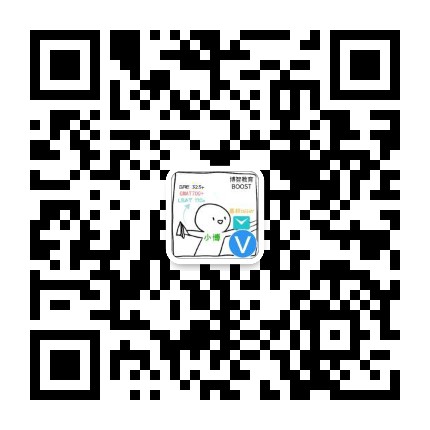还没有登录哦!
[Issue Essay]
试题详情
题目:
Analytical!
选项:
答案:
提问:
Archaeology as a profession faces two major
problems. First, it is the poorest of the poor.
Only paltry sums are available for excavating and
even less is available for publishing the results
(5) and preserving the sites once excavated. Yet
archaeologists deal with priceless objects every day.
Second, there is the problem of illegal excavation,
resulting in museum-quality pieces being sold to the
highest bidder.
(10) Iwould like to make an outrageous
suggestion that would at one stroke provide
funds for archaeology and reduce the amount
of illegal digging. Iwould propose that scientific
archaeological expeditions and governmental
(15) authorities sell excavated artifacts on the open
market. Such sales would provide substantial
funds for the excavation and preservation of
archaeological sites and the publication of results.
At the same time, they would break the illegal
(20) excavator's grip on the market, thereby decreasing
the inducement to engage in illegal activities.
You might object that professionals excavate to
acquire knowledge, not money. Moreover, ancient
artifacts are part of our global cultural heritage,
(25) which should be available for all to appreciate, not
sold to the highest bidder. Iagree. Sell nothing that
has unique artistic merit or scientific value. But,
you might reply, everything that comes out of the
ground has scientific value. Here we part company.
(30) Theoretically, you may be correct in claiming
that every artifact has potential scientific value.
Practically, you are wrong.
I refer to the thousands of pottery vessels and
ancient lamps that are essentially duplicates of
(35) one another. In one small excavation in Cyprus,
archaeologists recently uncovered 2,000 virtually
indistinguishable small jugs in a single courtyard.
Even precious royal seal impressions known as
I'melekh handles have been found in abundance
(40) —more than 4,000 examples so far.
The basements of museums are simply not
large enough to store the artifacts that are likely
to be discovered in the future. There is not enough
money even to catalog the finds; as a result, they
368
(45) cannot be found again and become as inaccessible
as if they had never been discovered. Indeed, with
the help of a computer, sold artifacts could be more
accessible than are the pieces stored in bulging
museum basements. Prior to sale, each could be
(50) photographed and the list of the purchasers could
be maintained on the computer. A purchaser could
even be required to agree to return the piece if it
should become needed for scientific purposes.
It would be unrealistic to suggest that illegal
(55) digging would stop if artifacts were sold on the
open market. But the demand for the clandestine
product would be substantially reduced. Who would
want an unmarked pot when another was available
whose provenance was known, and that was dated
(60) stratigraphically by the professional archaeologist
who excavated it?
The primary purpose of the passage is to propose
(A) an alternative to museum display of artifacts
(B) a way to curb illegal digging while benefiting the
archaeological profession
(C) a wayto distinguish artifacts with scientific value
from those that have no such value
(D) the governmental regulation of archaeological
sites
(E) a new system for cataloging duplicate artifacts
解答:
点赞0
阅读286578
提问:
这个是怎么算的,我只能看出要求的人数是总人数的百分之三


解答:
点赞0
阅读297568
提问:
这题除了试数还有什么好方法吗?如果试数的话,如何快速找到适合的数呢?


解答:
点赞0
阅读297487
提问:
条件二说的是每一项Sn都大于5吗?,但是n/(n+1)不是小于1吗?我不知道该怎么理解和使用该条件


解答:
点赞0
阅读297763
提问:
条件2是要把对角线为8时的情况算出来吗?如果不是,应该怎么判断吗?另外五边形的面积应该怎么算呢?


解答:
点赞0
阅读298511
提问:
这题怎么思考?还有绝对值不等式的考点有哪些啊


解答:
点赞1
阅读297633
提问:
B单独不能成立吗?k=7带入不等式中,不是可以限制m和n的范围吗


解答:
点赞0
阅读297140
提问:
题干不是已经能排出+和➗好了吗?因为此时式子没有意义。那两个条件为什么不能单独成立呢?这题的逻辑是什么


解答:
点赞0
阅读296088
提问:
条件2为什么单独不成立?B做了超过50%,说明B比A效率高,那么3小时内可以完成


解答:
点赞0
阅读296270
提问:
已知由一个符号@表示的加减乘除中的一一个符号。如果a@ (-a) =0,那么a=0.问:以下条件能否判断符号@是加减乘除中的哪一个?条件1).其中a@(a@a)=0, a=0;条件2).其中a@(b@c)=(a@b)@c. 答案:E
解答:
点赞0
阅读296261
提问:
老师这道题和后面你讲的6和4的例子没看懂!


解答:
点赞0
阅读298503
问个问题
注册太麻烦?点这里查看免费答疑吧!


